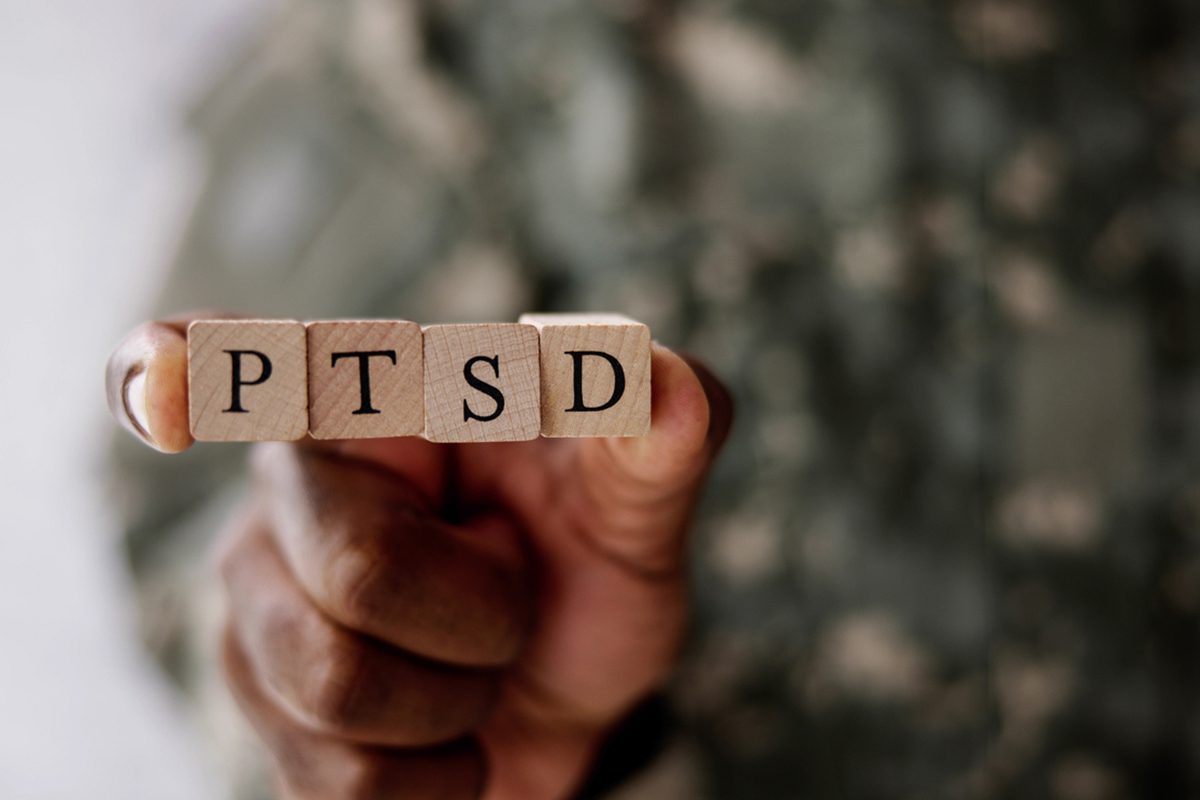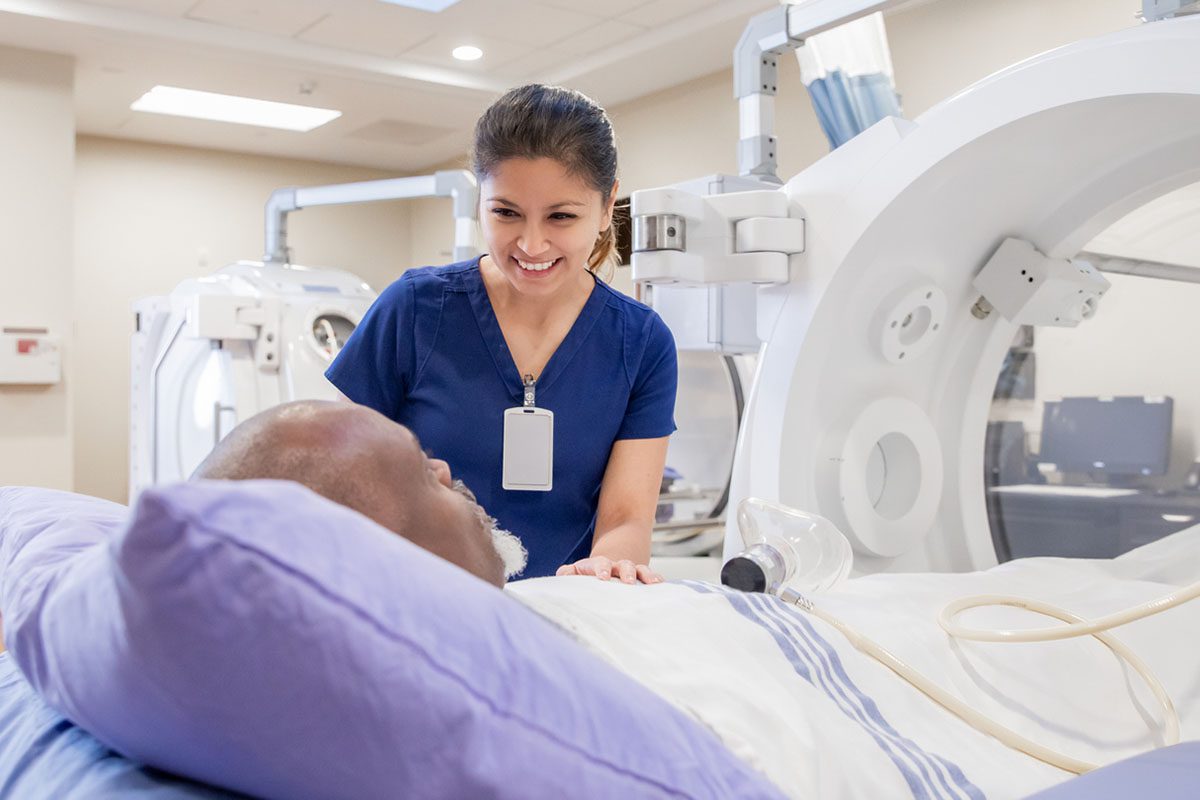Objective: Fear-conditioning models posit that increased arousal at the time of trauma predicts subsequent posttraumatic stress disorder (PTSD). This multisite study evaluated the extent to which acute heart rate and respiration rate predict subsequent chronic PTSD.
Method: Traumatically injured patients admitted to 4 hospitals across Australia between April 2004 and February 2006 were initially assessed during hospital admission (N = 1105) and were reassessed 3 months later for PTSD by using the Clinician-Administered PTSD Scale-IV and for major depressive disorder (MDD) by using the Mini-International Neuropsychiatric Interview (English version 5.0.0) (N = 955). Heart rate, respiration rate, and blood pressure were assessed on the initial day of traumatic injury.
Results: Ninety patients (10%) met criteria for PTSD and 159 patients (17%) met criteria for MDD at the 3-month assessment. Patients with PTSD compared to those without PTSD had higher heart rate (90.16 ± 18.66 vs. 84.84 ± 17.41, t = 2.74, p < .01) and respiration rate (20.24 ± 5.16 vs. 18.58 ± 4.29, t = 3.43, p < .001) immediately after injury. There were no heart rate or respiration rate differences between patients who did and did not develop MDD. Patients were more likely to develop PTSD at 3 months if they had a heart rate of at least 96 beats per minute (15% vs. 8%, OR = 2.12, 95% CI = 1.34 to 3.33) or respiration rate of at least 22 breaths per minute (18% vs. 8%, OR = 2.42, 95% CI = 1.48 to 3.94).
Conclusions: Elevated heart rate and respiration rate are predictors of subsequent PTSD. These data underscore the need for future research into secondary prevention strategies that reduce acute arousal immediately after trauma and may limit PTSD development in some individuals.
Please sign in or purchase this PDF for $40.00.




